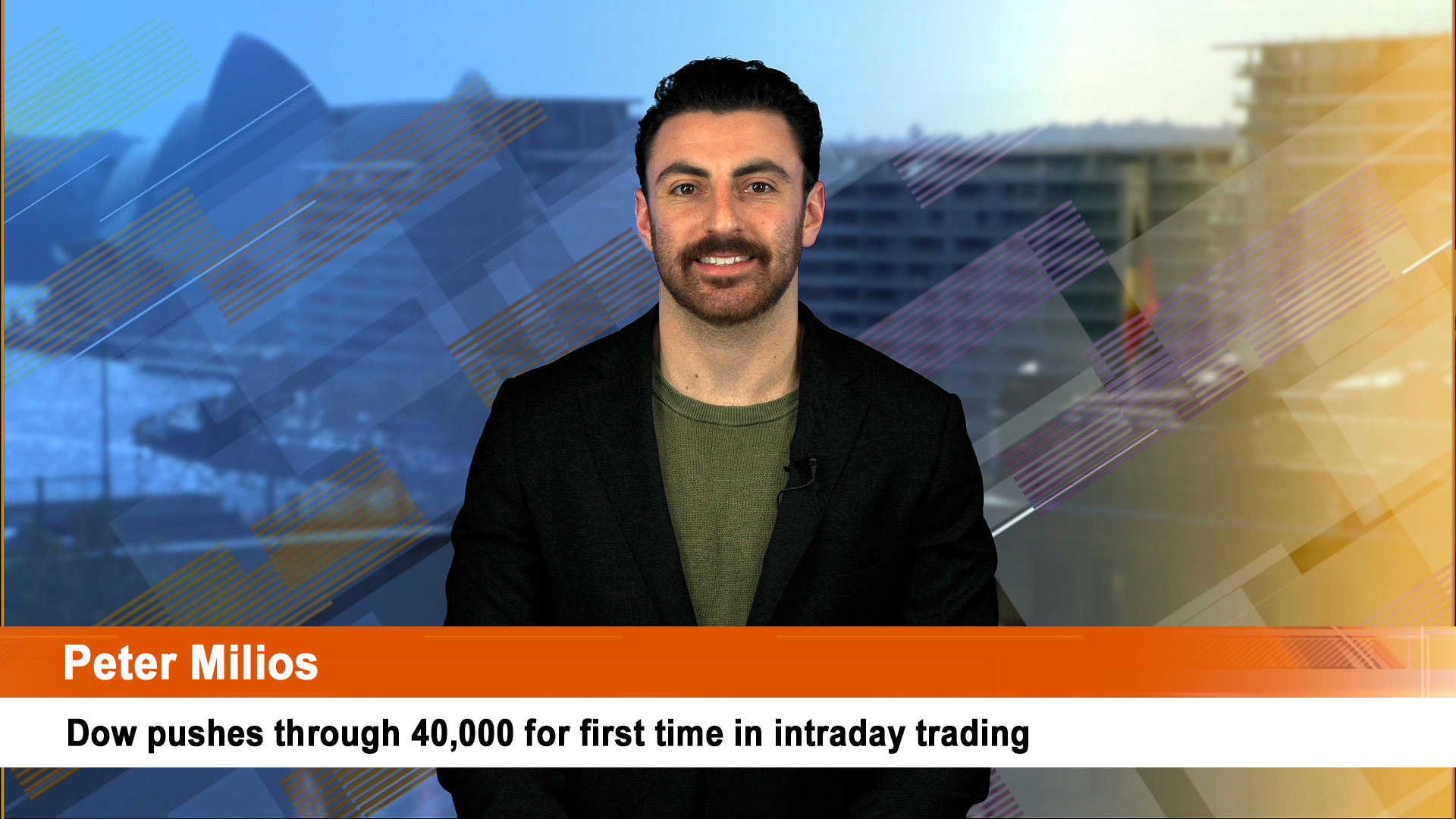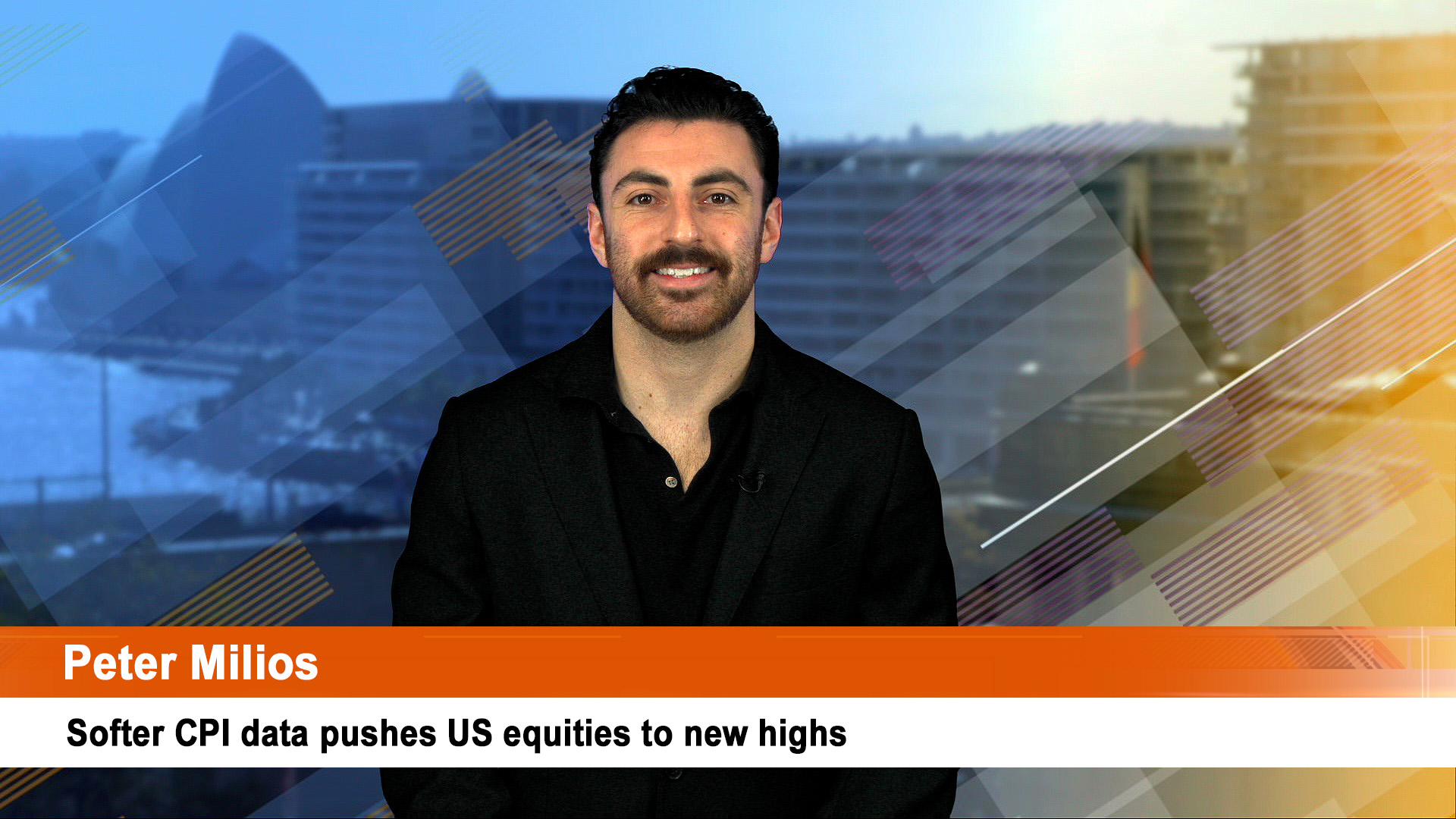America’s third quarter earnings season accelerates this week and negative sentiment beckons thanks to weak reports expected from four of the country’s biggest banks.
Including energy firms, the market is looking for a 2.6% rise in earnings – which is less than inflation of 8.3%. Excluding them, however, earnings are projected to be down 3.8% and more in real terms.
The big banks will set the early tone.
Four of the nation’s largest lenders – JPMorgan Chase & Co, Wells Fargo, Citigroup Inc and Morgan Stanley – will report third-quarter earnings this Friday, October 14.
Bank of America reports a week today (Monday) and Goldman Sachs a week tomorrow.
The earnings reports are expected to show a slide in net income after turbulent markets choked off investment-banking activity in the three months to June and set aside more money for bad debt and asset impairment reserves.
Only JPMorgan made a big allocation for the June quarter – $US428 million and analysts expect that figure to be added to as the banks cover losses from borrowers who fall behind on their payments.
US bank analysts reckon the banks are going to be among the leaders of a downturn in third quarter earnings that could wipe more than $US34 billion from the earnings of S&P 500 companies.
FactSet says analysts are now expecting companies listed on the S&P 500 index to post earnings-per-share growth of 2.6% for the three months to September, compared with the same period a year earlier.
That is down from 9.8% at the start of July and if it happens it would be the weakest quarter since the same period in 2020, when the economy stricken by the first wave of Covid and associated lockdowns.
With inflation running at 8.3% in the year to August (inflation for September will be updated this week), the 2.6% rise in earnings will actually be a fall in real terms.
Then there’s the strong US dollar will add an additional pressure on many companies, with around a third of S&P 500 revenues are earned overseas.
Hurting the banks and more companies is the Fed’s aggressive cycle of interest rate increases in 40 years and a chair in Jay Powell that he is willing to put up with causing economic pain to bring inflation down.
“(Earnings Estimates]) are still higher than what I would rationally expect,” Omar Aguilar, chief executive at Schwab Asset Management was quoted in the Financial Times.
So this week (as we reported 10 days ago) investors will be watching for the impact inflation is having on costs and consumer demand, if hiring plans are changing (in view of the drop in one million tonnes between July and August) and which companies have control of their sales and inventories.
…………
Looking at the big banks, Reuters reports analysts expect profits at JPMorgan to drop 24%, while net income at Citigroup and Wells Fargo are forecast to decline 32% and 17%.
Goldman Sachs is expected to report a 46% plunge in profits while earnings at rival Morgan Stanley are forecast to be down 28%.
Analysts expect Bank of America’s third-quarter profit to fall nearly 14%, with strong growth at its consumer division to partly offset the decline in advisory fees in banking.
Only a handful of companies have reported their September quarter results so fat but CNBC pointed out on Friday that half the companies involved have said they were hurt by the strong dollar (and weak every other currency) in the latest three months.
Up till Friday, only 4% of S&P 500 companies have already reported third quarter earnings, according to FactSet senior earnings analyst John Butters.
65% of companies reporting thus far have cited high labour costs as a check on earnings, while 55% mentioned supply chain disruptions. Those numbers are in keeping with recent trends, FactSet said.
What’s changed is the 50% of companies that have so far said adverse currency moves have held back earnings. That’s significantly higher than the recent trend, FactSet’s John Butters pointed out.
“In fact, the third quarter marked the fourth consecutive quarter that this number has increased and the first time in the past four quarters that the number reflected at least 50% of the companies reporting at this point in time in the earnings season,” FactSet said.
“Of the 12 factors tracked for this analysis, only higher interest rates witnessed a larger quarter-over-quarter increase in Q3 2022 relative to Q2 2022.”













